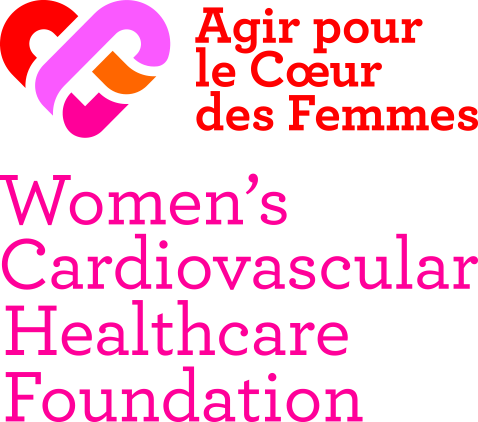
ANTICIPER
Cholesterol
Why Cholesterol is an Enemy You Should Take Seriously
Bad cholesterol turns into atheromatous plaque which gets deposited in the arteries and can clog them.

SEE ALSO
How to Protect Women from Stress and Broken Hearts
Stress
As COVID-19 reminded us, a disease has causes and effects that are biological, psychological and social. Many studies have shown that psychosocial factors are a significant factor in the progression of heart attacks in young women. Psychosocial stress ranks in third place among the risk factors for [...]
How Cardiac Rehab Helps Women Heal Faster
Physical Activity
In this article, Women’s Cardiovascular Healthcare Foundation highlights how important and necessary it is for women to go through cardiac rehabilitation when they’ve had a cardiovascular event or are at high risk of having one. Dr. Natalia Kpogbemabou, cardiologist and rehabilitation physician at [...]
What contraceptives are available in France in 2020?
Gynecology
Contraceptives with hormones Most of these contraceptives contain two hormones: estrogen and progestin. These are called estroprogestin contraception or combination birth control pills. Others are progestin-only contraceptives. They’re all very effective contraceptives. Estroprogestin [...]



-173-portrait.jpeg)
